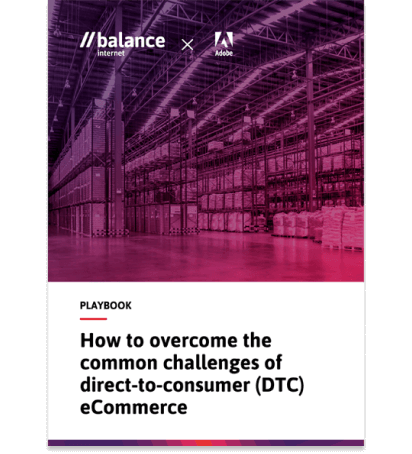Big Data: Improving the citizen experience
Latest news / 15 August 2022


The potential of big data to enhance citizen experiences.
Australian citizens have been embracing digital technologies for years. However, since the pandemic hit, the country’s digital uptake has accelerated at lightning speed.
More than ever before, Australians expect that they can access just about anything online: from shopping and food delivery, to streaming music and television, right through to accessing government services. They expect a rising standard of online experience.
Whether it’s paying council rates or submitting tax claims to the ATO, the digitisation of government services quite simply makes everyday life easier. But as the digital economy rapidly evolves, so must those services and how they are delivered. Creating a digital platform where citizens can interact with departments and agencies is just the beginning — these platforms must be constantly evaluated and adjusted in order to continually improve the citizen experience. And in order to do this, governments need to turn to big data and data analytics.
Big data, better services
Big data analytics has completely transformed private enterprises, giving companies the ability to establish a 360° view of their customer base, segmenting them by demographics and tailoring products and services based on their customers’ specific behaviours, preferences and unique tastes. However, this level of business intelligence isn’t reserved for private enterprise — it can also be used by government departments whilst being compliant with privacy requirements, to improve the citizen experience.
Every web click represents a step in a citizen’s online journey; a journey which can be collected and stored for future analysis. Over time, the data collected from thousands of citizens’ journeys begin to show patterns in their behaviour — highlighting popular products and services, as well as potential issues that may need addressing. Perhaps there’s a point where a large number of users suddenly fall off, indicating that the site is lacking the right information and needs to be adjusted in some way. Perhaps a large number of citizens from a particular regional location are all searching for the same thing, indicating that the department may need to rework messaging or add new services to that particular location. The way citizens interact with a platform tells a story — and when the data from those interactions are analysed and actioned appropriately, it can help improve departmental effectiveness.
Search made easy
In a world where there are hundreds and thousands of services available, improving the citizen experience can simply be about making things easy to find. Skill Finder is an excellent example of how data can be aggregated in a way that makes important services — such as free online courses — easily accessible from a single location.
Skill Finder was developed by the team at Balance Internet in 2020 when a significant part of the Australian workforce had been affected by the pandemic, leaving thousands of workers in desperate need of upskilling in order to find new work. In response to a call for action from the Hon Karen Andrews, Minister for Home Affairs (who was Minister for Industry, Science and Technology at the time), Australia’s tech industry came together to develop the digital skills marketplace, connecting jobseekers with flexible courses designed around microskills. With thousands of online courses, the platform provides an opportunity for every Australian citizen to level up their knowledge with transferable and useful microskills.
However, Skill Finder wasn’t simply a one-off project. Since its inception, the site has been continually tweaked and adjusted — based on the continual analysis of user data — to improve its ease of use. With short, 1- to 2-hour beginner courses by far the most popular, these courses are now flagged to new users to assist with their upskilling journey. The site also responds to particular searches, helping users find courses that will help them on specific career pathways, depending on the search terms the citizen is using. By using data-driven insights to better understand the citizen journey, Skill Finder is continuously being updated to produce better and better outcomes.
Making government shoppable
In an increasingly digital world, Australians quite simply expect their government’s digital capabilities to match those of the private businesses they deal with on a day-to-day basis. There is no reason why citizens shouldn’t have the same ease of experience when dealing with the public sector as they do when shopping online. In fact, e-commerce has perfected the customer experience in such a way that it provides the perfect template for government agencies; a way to create their own digital ‘shopfront’ where citizens can easily search, browse and shop for the public services they require.
And just like e-commerce businesses that are continually improving their customer experiences, government agencies should also be looking at ways to improve the user experience and make information more accessible. Through utilising big data and data analytics to better understand the citizen journey, departments will be able to improve these experiences and, ultimately, improve agency impact and mission effectiveness.
–
This article was originally published in GovTech Review on 6th June 2022.



